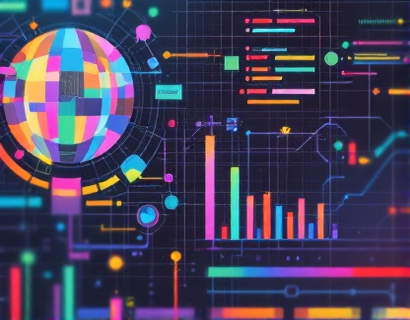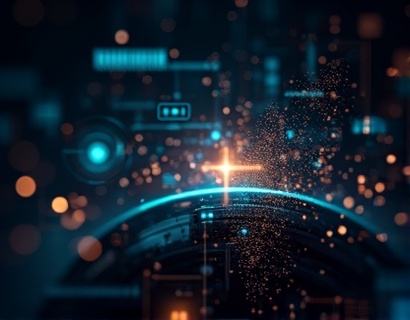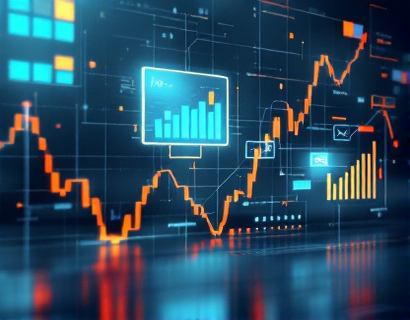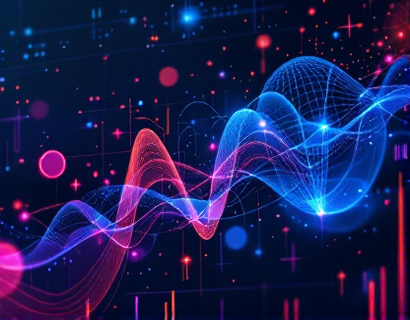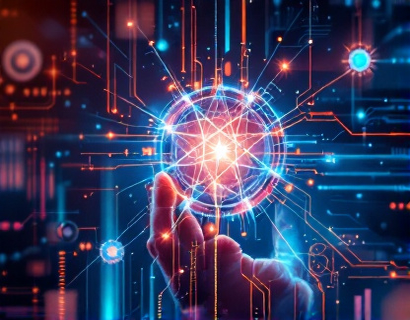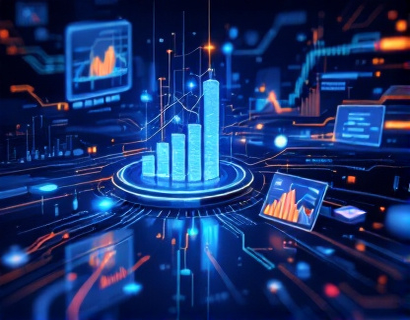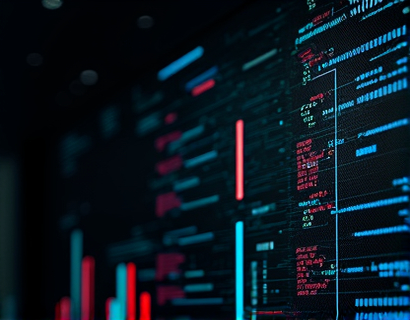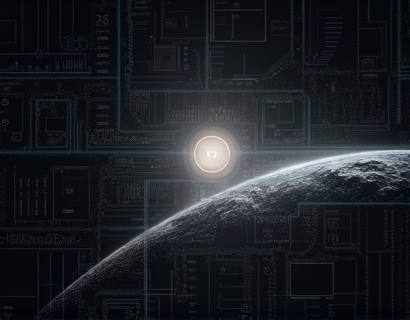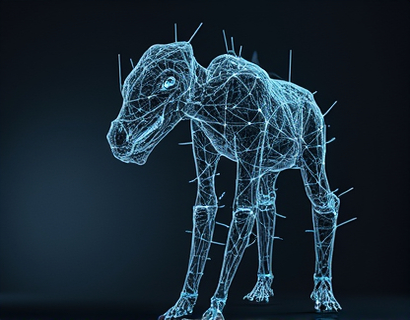Transforming Digital Experiences: The Synergy of AI and Crypto
The intersection of artificial intelligence and cryptocurrency is giving rise to a new era of digital innovation, where blockchain technology and machine learning converge to create transformative applications. This convergence, often referred to as BlockchainAI, is redefining the way we interact with digital services and applications, offering enhanced security, efficiency, and user experiences. As technology continues to evolve, understanding the potential of this synergy is crucial for tech enthusiasts and professionals alike.
Understanding Blockchain and AI
Blockchain technology, at its core, is a decentralized ledger that records transactions across multiple computers in a way that ensures security, transparency, and immutability. It is the foundation of cryptocurrencies like Bitcoin and Ethereum, but its applications extend far beyond digital currencies. On the other hand, artificial intelligence involves the simulation of human intelligence processes by machines, particularly computer systems. These processes include learning, reasoning, and self-correction.
When combined, blockchain and AI create a powerful toolset for developing applications that are not only secure and transparent but also intelligent and adaptive. Blockchain provides the infrastructure for trustless and decentralized systems, while AI brings the capability to process and analyze vast amounts of data to make informed decisions.
The Role of Blockchain in Enhancing AI Applications
One of the primary ways blockchain enhances AI applications is through data integrity and security. In traditional AI systems, data is often centralized and managed by a single entity, making it vulnerable to breaches and manipulation. Blockchain's decentralized nature ensures that data is distributed across a network, reducing the risk of single points of failure and enhancing data integrity.
Smart contracts, self-executing contracts with the terms directly written into code, can automate and enforce the rules governing AI data usage and sharing. This automation reduces the need for intermediaries, lowering costs and increasing efficiency. For instance, in machine learning model training, blockchain can facilitate the secure and transparent sharing of data among multiple parties, ensuring that each contributor is fairly compensated.
AI-Driven Optimization of Blockchain Networks
Conversely, AI can optimize blockchain networks by improving their performance and scalability. Blockchain networks, especially those using proof-of-work consensus mechanisms, can be energy-intensive and slow. AI algorithms can analyze network data to identify bottlenecks and optimize resource allocation, leading to more efficient consensus mechanisms and faster transaction processing.
Machine learning models can predict network traffic patterns and adjust parameters in real-time to maintain optimal performance. For example, AI can dynamically adjust the difficulty of mining tasks to balance the network and prevent congestion. This synergy not only enhances the user experience but also makes blockchain technology more viable for widespread adoption.
Decentralized Machine Learning
Decentralized machine learning, or FedML (Federated Machine Learning), is a paradigm where AI models are trained across multiple decentralized devices or servers holding local data samples, without exchanging them. This approach leverages the power of blockchain to ensure data privacy and security while enabling collaborative learning.
In a decentralized setup, each participant trains a model on their local data and shares only the model updates, not the raw data. Blockchain can facilitate this process by providing a secure and transparent way to verify and aggregate these updates. This method not only protects user privacy but also allows for the creation of more robust and generalized AI models by incorporating diverse data sources.
Tokenization and Incentivization
Tokenization, the process of converting assets into tokens on a blockchain, plays a crucial role in incentivizing participation in decentralized AI systems. Tokens can be used to reward contributors for providing data, computational power, or other resources. This token-based incentivization aligns the interests of various stakeholders, fostering a collaborative ecosystem.
For instance, in a decentralized AI platform, users who contribute high-quality data or compute resources can receive tokens as rewards. These tokens can then be used to access premium services, participate in governance, or traded on cryptocurrency exchanges. This creates a self-sustaining ecosystem where value is generated and distributed among participants.
Enhancing User Experiences with AI and Blockchain
The combination of AI and blockchain is not just about backend efficiency; it also significantly enhances user experiences. AI-driven personalization, powered by blockchain's secure and transparent data management, can offer users highly customized and trustworthy services.
For example, in content recommendation systems, AI algorithms can analyze user behavior and preferences to suggest relevant content. Blockchain ensures that user data is securely stored and managed, giving users control over their data and privacy. This results in a more personalized and secure user experience, building trust and loyalty.
Challenges and Considerations
Despite the numerous benefits, the integration of AI and blockchain is not without challenges. One major concern is the scalability of blockchain networks, which can struggle to handle the high computational demands of AI applications. Solutions such as layer 2 protocols and sharding are being developed to address these issues, but they require further refinement and adoption.
Another challenge is the regulatory landscape. The intersection of cryptocurrency and AI operates in a relatively uncharted legal territory, with varying regulations across different jurisdictions. Developers and businesses must navigate these regulations carefully to ensure compliance and avoid legal pitfalls.
Future Prospects
The future of AI and blockchain is promising, with ongoing research and development pushing the boundaries of what is possible. As technology advances, we can expect to see more sophisticated applications that leverage the strengths of both domains. For instance, the integration of blockchain with edge computing and IoT devices can create decentralized and intelligent edge networks, further enhancing the capabilities of AI systems.
Moreover, the rise of decentralized finance (DeFi) and non-fungible tokens (NFTs) is demonstrating the potential of blockchain to revolutionize various industries. AI can play a pivotal role in optimizing DeFi protocols, enhancing security, and creating more efficient market mechanisms. The synergy between AI and blockchain is set to drive innovation across multiple sectors, from healthcare to supply chain management.
Conclusion
The convergence of AI and blockchain is ushering in a new era of digital transformation, where the lines between technology and user experience blur. By harnessing the power of decentralized systems and intelligent algorithms, we can create more secure, efficient, and user-centric applications. As this field continues to evolve, staying informed and adaptable will be key to thriving in the next-generation digital landscape.




